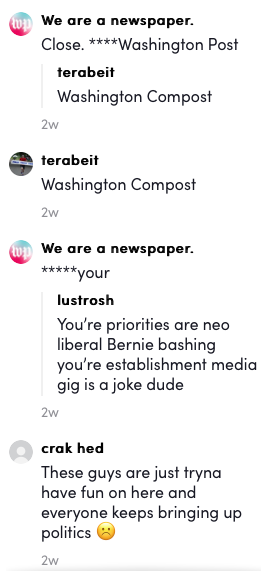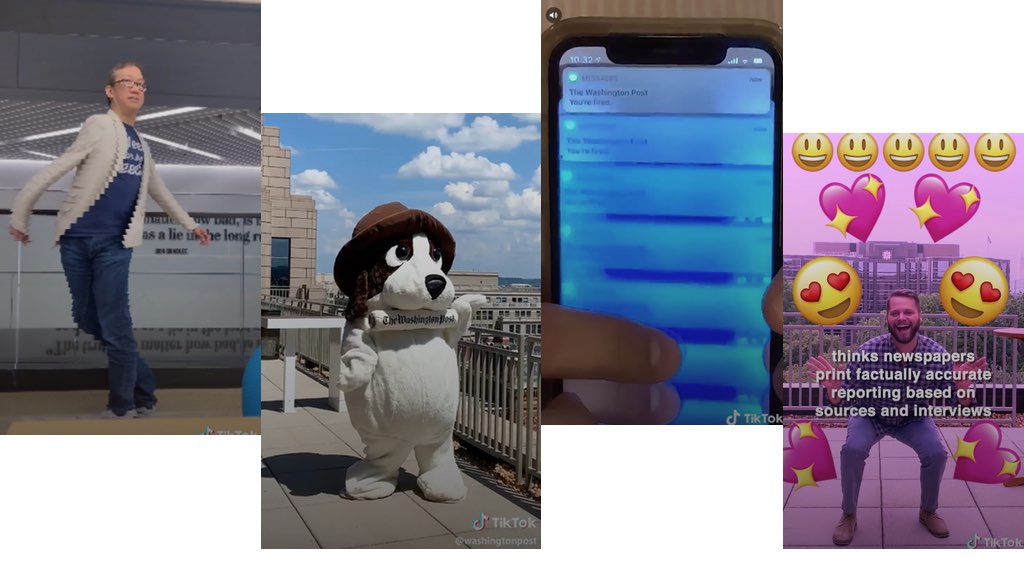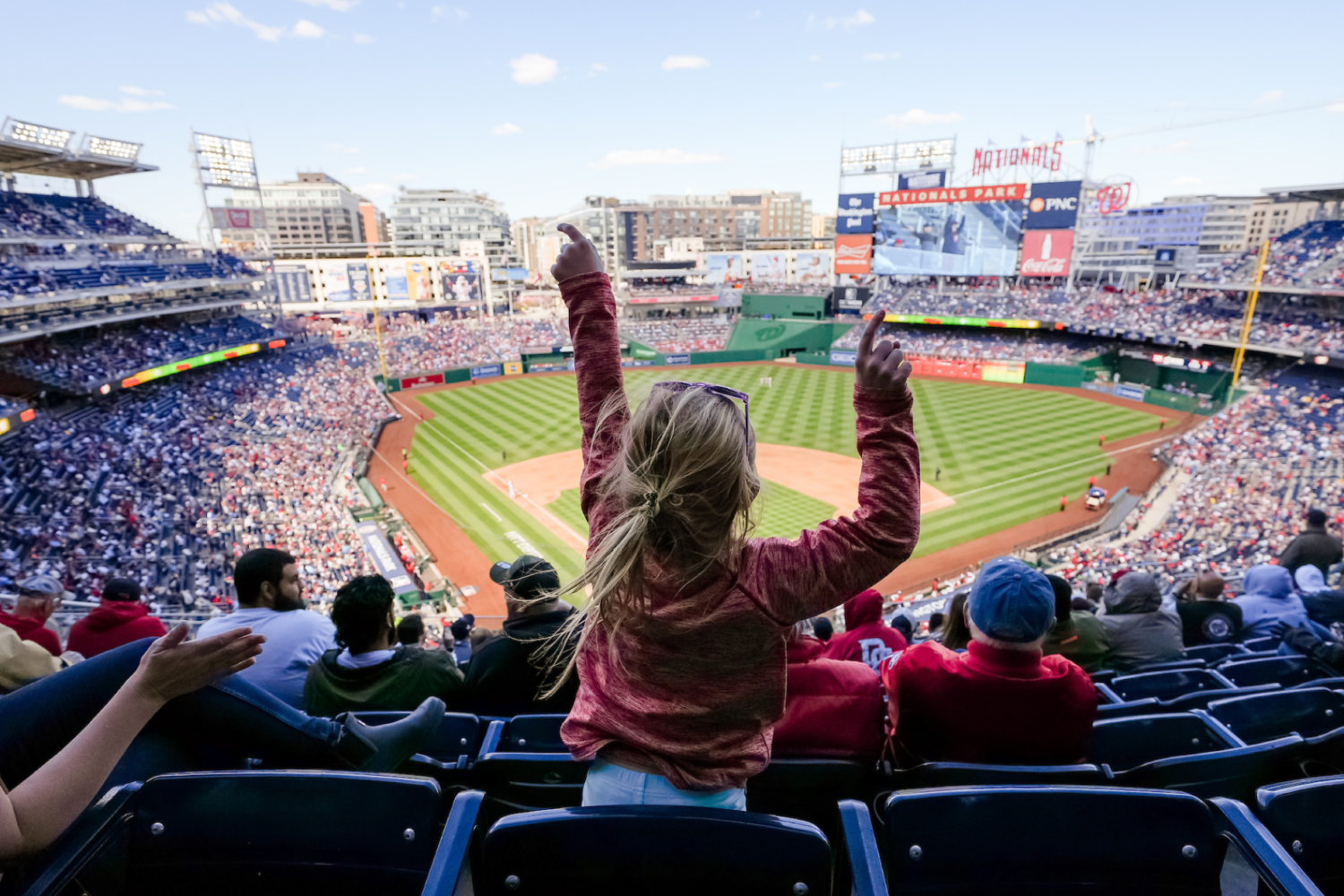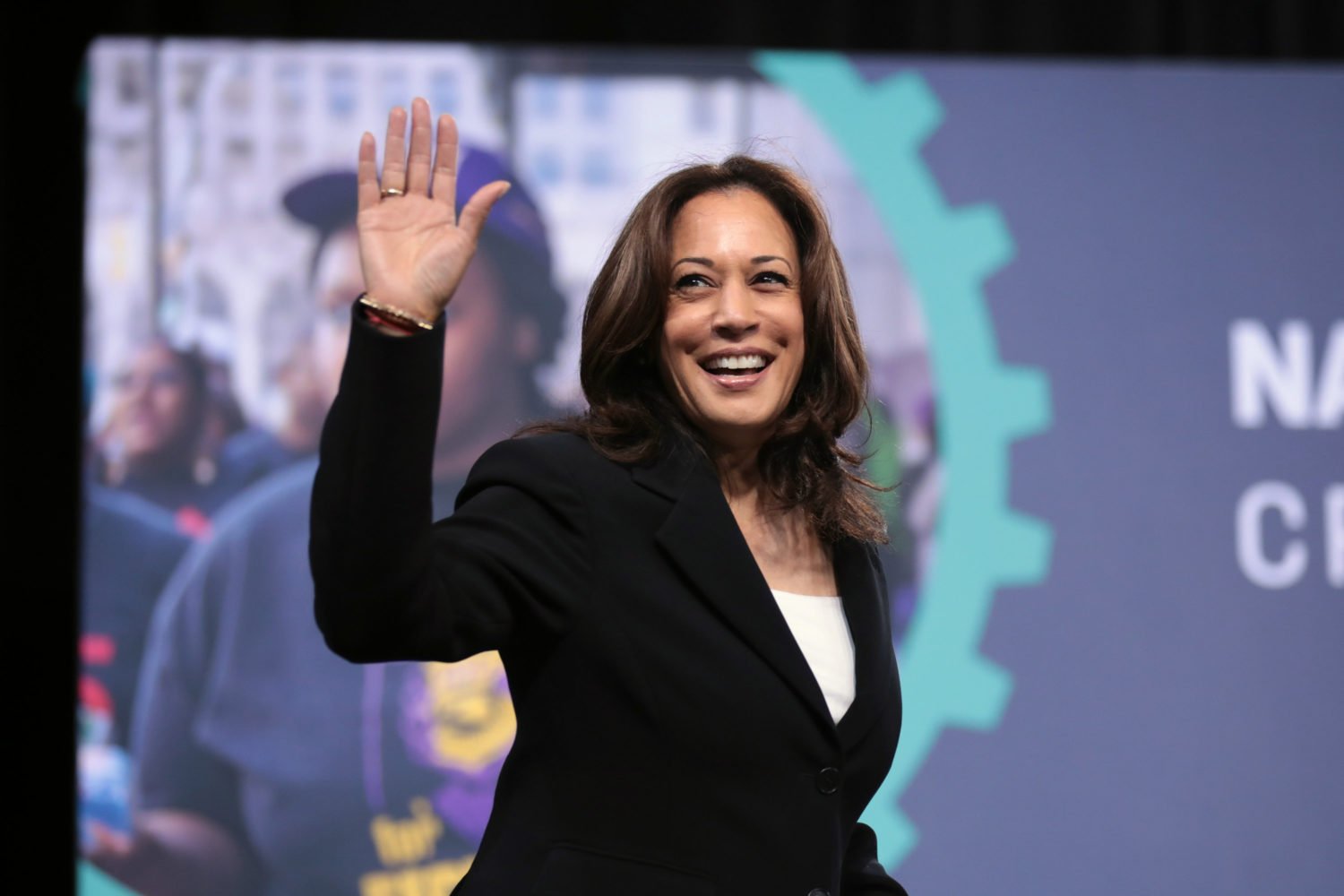A man turns into a giant dog and dances on a rooftop. Two coworkers discuss bus reliability until one stirs hot coffee with his finger. An editor turns into a ghost and dances. These aren’t scenarios rendered by a magic realism bot, they’re videos rendered in short form on the Washington Post’s TikTok account.
TikTok is a social network that almost seems built to repel grownups. Open the app and you’ll immediately enter a bizarre world where people dance, lip-synch, perform strange challenges, and change clothes a lot. It is astonishingly popular: It was downloaded more than 660 million times last year, according to the marketing agency Mediakix, which also says users spend an average of 52 minutes per day on the service. Here is one good explainer of the service, and here is another.
Dave Jorgenson is in charge of the Post’s TikTok. He came to the Post from IJR, where he helped build an audience for the publication through Vine, a now-deceased video-sharing app that was nearly as strange as TikTok. He also stars in many of the Post‘s videos. “The long-term plan has always been that we’d use this as we use any other platform at the Washington Post,” he says. Someday the Post, one of just a few news organizations currently on the TikTok, will “post news in the way that reflects the platform.” But unlike, say, YouTube, TikTok doesn’t exist in a world where TV broadcasts are necessarily a standard reference point, so the Post’s plan right now is to “jump in and be part of the fun,” Jorgenson says. In other words, once you’re already down the rabbit hole, you might as take a crack at the Hatter’s riddle.
The Post‘s TikTok is not a rogue operation. Jorgenson, whose main job is working as a producer and editor on the Post’s Creative Video team, says he brought his bosses a seven-page proposal that made the case for jumping on another platform. A superior vets all his ideas and finished videos before he posts them. He says another of TikTok’s big draws was that the service, which includes the DNA of an app called Musical.ly, allows the Post to use music for free. (TikTok generally makes deals with music publishers, even though some are not happy with the terms.)
That policy in turn lets Jorgenson and other staffers like Gene Park and Teddy Amenabar find ways to put their own spin on memes that have swept TikTok, like “Homemade Beats” by Lv.01 Napkins:
Just as on other platforms, memes on TikTok can morph and go out of fashion very quickly, but Jorgenson notes that a particular strength of TikTok is that “unlike anywhere else on the internet, imitation is somewhat encouraged” within its walls. Take, for example, the “Criss-Cross Applesauce Baby Caress Me” meme, which I’m not even going to try to explain. Here’s someone else to do it for you, and here’s the Post’s take on it:
The Post TikTok takes a kind of perverse pride in its unhipness and the fact that by the time a 141-year-old newspaper stumbles upon something that’s become popular on social media, its involvement is inherently comedic. “I always feel like an adult playing basketball with middle-schoolers,” he says. (It doesn’t hurt that Jorgenson is pretty good at physical comedy, something he attributes to one Upright Citizens Brigade class and many viewings of Ace Ventura: Pet Detective when he was a tot.) Through him, the Post brings the same knowing persona to comments:

Ideas for these things often come out of robust discussions on the Post‘s Slack, Jorgenson says. He tries to limit the time he spends on TikTok for work and that his goal each day is to have an idea by 9:30 AM and have it published by 11. He shoots the videos on a phone and often edits them on his computer, though he sometimes uses TikTok’s filters and effects, which require editing in-app.
Park, who you can see pretzeling above, runs the Post’s presence on Reddit, which Jorgenson says was an inspiration for his work on TikTok: “He was clearly a fan of Reddit, and I thought that’s the way to go.” He says he’s had lots of good reactions inside the building, particularly for reaching a younger audience the Post can’t easily access otherwise.
But where, exactly, does news fit on TikTok? And just because a large youth audience has gathered there, does that mean the Washington Post can hope to get a piece of it? That’s part of a larger philosophy fueled by the resources of the Post’s owner, Jeff Bezos, managing editor Emilio Garcia-Ruiz says: “What’s the No. 1 problem that the Washington Post as a brand has compared to, say, the New York Times? For years and years we were a Washington brand.”
The Post, he says, has seen results that bolster its name recognition on the messaging app Viber, for example, which is very popular in Europe and where a Post-themed sticker pack (“an idea that I thought was nuts,” Garcia-Ruiz says) has been downloaded hundreds of thousands of times. The company now has more than 2 million followers on Snapchat Discover. TikTok may turn out to offer nothing for news orgs, but unlike many of its peers the Post can afford to wait ten to 15 years to see whether seeding its name with young people yields readers in the future.
Jorgenson says the Post has approached TikTok cautiously, especially with regard to marrying its name to other users’ content. For now, at least, it’s decided to shun the popular action on TikTok known as “duets“—there are just too many variables for a large brand to be comfortable. (Jorgenson says he’s very happy when someone anyone takes it upon themselves to duet with the Washington Post.) “I don’t want the users on TikTok to think we’re there just to be this brand,” he says. “I want them to know that we get the app, too.”



















